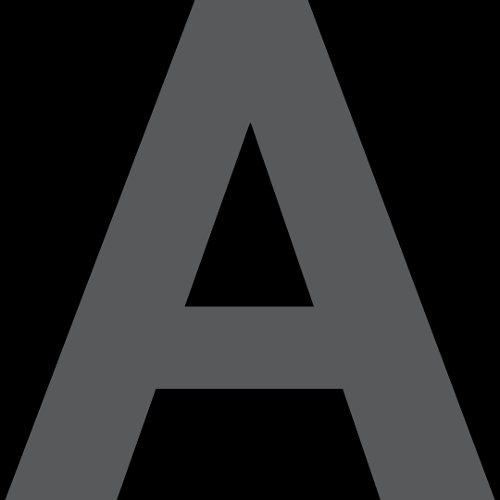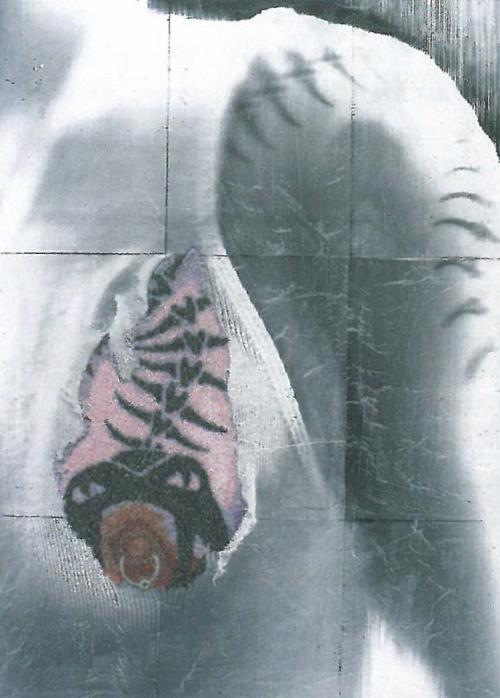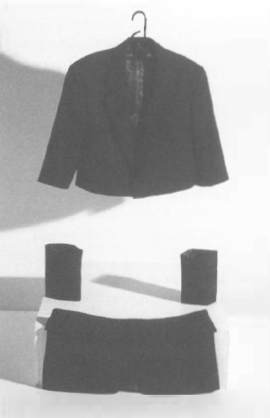
For 4x4, four Brisbane-based curators (Michael Snelling, David Broker, Julie Walsh and Ruth McDougall) each selected an artist to take part. The curatorial approaches ranged from presentations of new work to 'mini-survey' style shows, with the catalogues functioning in the main as overviews of the artists' practices rather than as texts centred around the particular works on show.
In consent, Vernon Ah Kee exhibits new works that continue his use of bold, hard-edged black and grey text on white grounds. As conversational as they are confrontational, Ah Kee's works centre on his own experience as an indigenous man in Australia. The texts range from deadpan statements with a dark edge to foreboding pronouncements of doom, and could be overheard fragments of conversation or heated political debate. The works in consent are printed on a larger scale and feature less dense setting of text than earlier works. While this makes the work appear more open and accessible, at times this also creates a sloganistic air, and some of the complexity of earlier works is lost. In one series, Ah Kee presents a series of barbed dictionary-style definitions that are loaded with genocidal connotations (austracism, caustic, holocaust) and seem directly aimed at a complacent culture that seeks to ignore both the history and the contemporary reality of Australian attitudes to Indigenous peoples.
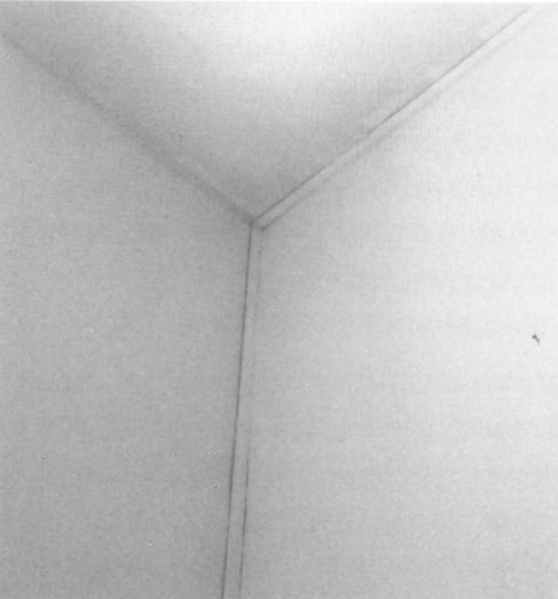
Political comment also plays a part in a (rather crowded) chronological survey of Jewel Mackenzie's work. Most of this work is centred on the use of the pinstripe suit as a signifier of power, an influence from Mackenzie's experiences in both dress-making and book-keeping. In the Corporate Culture series, pinstripe fabric is stretched like canvas (Power dressing, 1999), or actual suits are 'customised' and turned into visual puns (as in Downsizing jacket of 2000). For the Backdoor project (2002), Mackenzie created pinstripe facsimiles of the back doors of numerous art galleries. While seeking perhaps to infiltrate, undermine and critique the machinations of the art world, these works read as essays on the incidental architecture of Australia's artspaces. When Mackenzie's work moves away from the didactic language of the pinstripe, the more formal qualities of fabric are brought into play. In Dollars and senses (2000/1), a velvet barcode that appears to hover over a white background, and the Gemini paintings (2002) feature expanses of bare Belgian linen, from which threads have been unpicked to form lines through the weave of the fabric. This motif is continued in Stripped (2003), a suit from which the pinstripe has been laboriously unpicked and left to hang limp, the accoutrements of power denuded.
Rather than attempting to fill the space, the objects in Kim Demuth's seeing you seeing me seeing you instead interiorise it. Lit from within, they create an eerie sense of atmosphere that draws the viewer in. From the pristine void of a hollowed out computer monitor in Crashed (2001) to a medicine chest with wings in Nullifly (2000), Demuth makes use of a range of tricks, transplantations and transformations to unsettle the viewer. Inside out (2003) features a tardis-like booth made approximately to the dimensions of the artist's body and constructed of glass and stainless steel. Its glass doors seem to offer an impossible vista; within this box, rooms within rooms within rooms reflect literally as far as the eye can see.
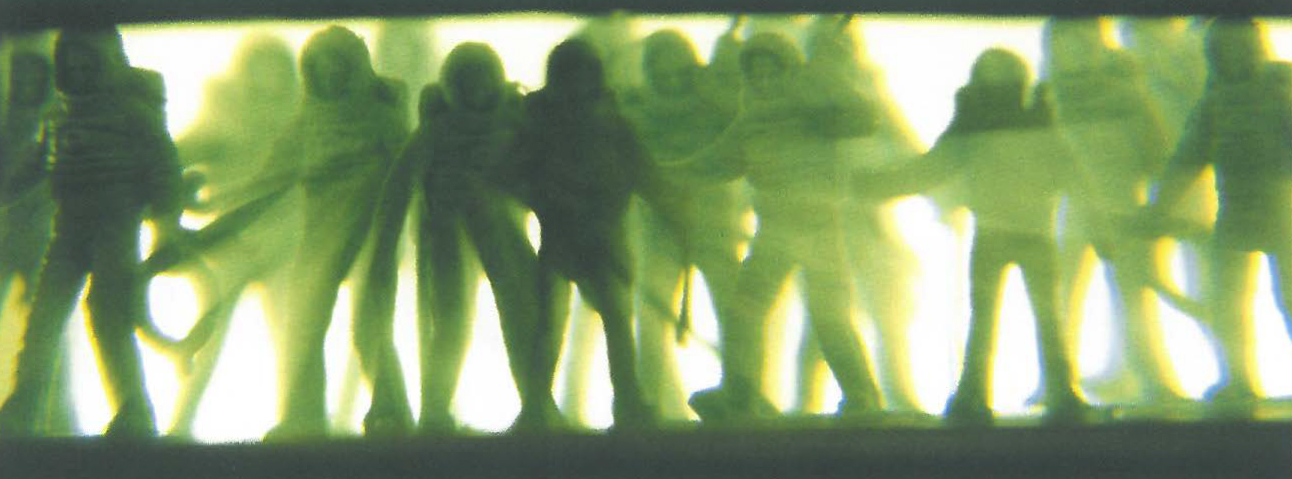
In Manhole (2003) the same reflective trick is used to create the illusion that a tunnel or hole has been burrowed through the concrete floor of the IMA, down towards the centre of the earth. As with Demuth's more successful figurative sculptures, such as the Punter (2003), it is the relationship of the work to the viewer's body that creates a captivating sense of vertigo or unease.
From Demuth's darkened installation space we move to rooms of light in the photographs of Annie Hogan. Currently undertaking a Samstag scholarship, Hogan has exchanged her signature images of empty Queenslander interiors for the neglected corners, walls and ceilings of Chicago hotel and apartment rooms. In the Discolouration series, these spaces are rendered in fleshy tones of pink, cream and white. Nails seem to hover on the wall, the lines of the corners appear as folds of skin, small cracks as fine wrinkles. Here, 'discolouration' seems to refer to that of the photographic process; of reciprocity, colour casts and the effects of light. The ethereal fleshiness of these images contrasts with a physical and abject sense of discolouration and decay in the Access series, which depicts dark masses of cracked paint and peeling wallpaper, the bubbling skin of aging walls. The presentation of these quite different bodies of work as if they were part of the same series was perhaps aimed at creating contrast, but instead creates a sense of disjuncture that seems to serve neither body of work well.
While the original premise of 4x4 may have made for an interesting curatorial exercise, the end result is a collection of four interesting solo shows - and four out of four isn't bad.






